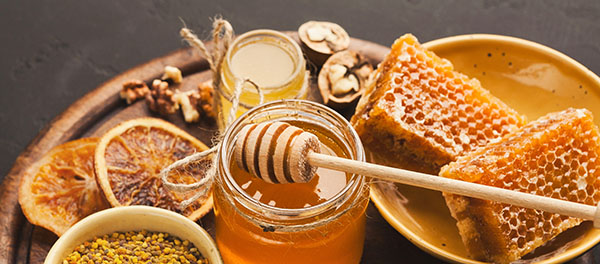Study shows green and black tea can inactivate several COVID-19 subvariants
10/26/2023 / By Cassie B.

Zinc and quercetin emerged as a powerful combination in the early days of the COVID-19 pandemic, but a new study has found that another natural approach may actually inactivate a common subvariant of the virus.
According to a recent study by Japanese scientists, three types of tea can quickly inactivate certain subvariants of omicron. Black tea, matcha and green tea (Japanese sencha) all boasted this helpful capability in tests.
Because the virus is largely spread through saliva that is released when sneezing, coughing or speaking, the scientists sought a natural method for inactivating the virus in saliva. After studying an array of ingredients and foods that they believed might be effective, the research team from the Kyoto Prefectural University of Medicine in Japan found that the polyphenols in green and black tea can bind to the virus’s infamous spike protein and stop it from infecting cells.
After steeping green tea, matcha or black tea in hot water and mixing a suspension of the virus into the drink for 10 minutes, they discovered that the infectivity of omicron subvariants dropped below 1 percent. Bottled green tea products had a similar effect, but they were only effective on some omicron subvariants.
Interestingly, they also discovered that the saliva people produce after eating candy that contains black or green tea can inactivate the virus and render it less contagious. After seven healthy volunteers involved in their study consumed candies that contained either black tea, green tea or no component of tea, the researchers collected their saliva. They found that those who had consumed the tea-containing candies had high concentrations of polyphenols such as theaflavin digallate and epigallocatechin gallate (EGCG).
When they mixed these samples with the omicron BA.1 virus strain for 10 seconds, they found that the virus was quickly inactivated – although this effect decreased a short time after finishing the candy.
Therefore, the researchers believe that a person who is infected with the virus could consume candies containing these teas in order to inactivate the virus and reduce their virus load, thereby stopping them from spreading it to others.
The researchers also found that different subvariants of omicron had different levels of sensitivity to the polyphenols in tea. While the ECGC in tea could inactivate more than 99 percent of BA.5 and BA.1 viruses, it did not have an effect on the BA.2, BA.2.75, BQ 1.1 and XBB.1 subvariants.
Past research has demonstrated additional antiviral properties in tea polyphenols. For example, researchers in Taiwan demonstrated that catechins can inhibit the replication of coronavirus and improve the acute lung injuries seen in some patients.
Drinking tea for health and immunity
While studies into the effects of tea on COVID-19 are ongoing, there is already an impressive body of research supporting the effects of tea on health and immunity.
For example, tea leaves contain vitamin C, which helps the body produce immune cells and antibodies, along with vitamin D, which is an anti-inflammatory vitamin that can combat pathogens. They also contain another powerful immune supporter in the form of zinc, along with iron and Vitamin A.
It is important to keep in mind, however, that green tea is generally a better choice because it does not undergo the oxidation that black tea is subjected to. Studies have also suggested that green tea can improve your metabolic rate and increase fat burning, while other research shows it could have beneficial effects on blood sugar control. It has also been linked to a reduced risk of heart disease and associated conditions, such as strokes, thanks to its positive effects on cholesterol levels.
Sources for this article include:
Submit a correction >>
Tagged Under:
antiviral, black tea, breakthrough, Censored Science, covid-19, discoveries, food cures, food is medicine, food science, Green tea, health science, infections, matcha, natural cures, natural medicine, natural remedies, nutrients, omicron, outbreak, pandemic, phytonutrients, polyphenols, prevention, research
This article may contain statements that reflect the opinion of the author
RECENT NEWS & ARTICLES
COPYRIGHT © 2017 NATURAL MEDICINE NEWS




















